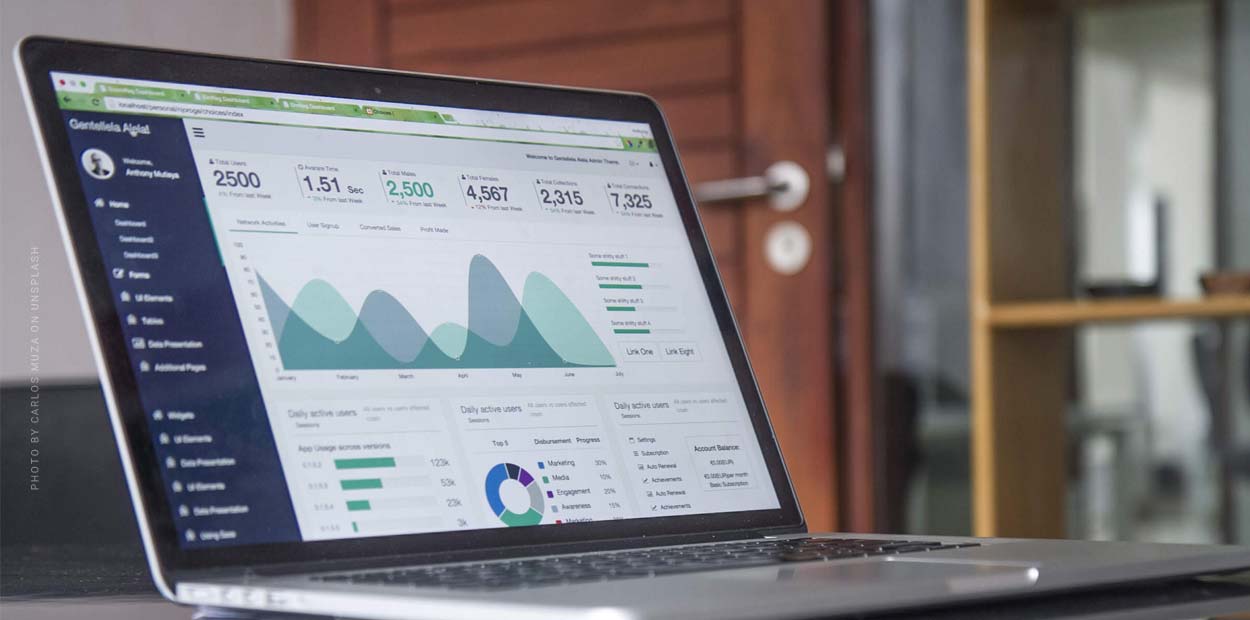Profitability and key figures: KPIs for Entrepreneurs – Starting your own Business #9
Profitability and key figures – Profitability is used to assess the economic success of a company. Profitability is the generic term for several business ratios. Accordingly, there are many ways to calculate profitability.
Classical formulas from the BWL
The basics of return on equity and return on sales are known from classical business studies. And of course there are others such as the return on total capital or, for companies with investors, the return on investment. A quick look at the calculations and formulas of the most important profitability indicators in the company.
- Profit x 100 / Shareholders’ equity = Return on equity
- profit / sales x 100 = return on sales
- ( profit / turnover ) x ( turnover / operating assets) x 100 = return on investment
Return of Investment
In fact, I’ve gotten to know all these indicators several times and never used them in reality, at least not with pen and paper. Of course, as an entrepreneur you quickly calculate the profitability of individual projects or products. In the rarest cases, however, so meticulously. In larger companies, however, such indicators are used and needed. This one is important to me:
- Turnover / Investment = ROI (short)
In the field of digital marketing, however, other key figures are needed much more frequently. The main focus here is on calculating the reach, profitability of campaigns and, of course, clicks and the corresponding profitability of individual advertisements.
Online KPI – Key Performance Indicator of the Digital Economy
In business management, there is only one term for measuring success: key performance indicators (KPIs). The so-called KPIs document the degree of fulfillment (how well something worked). In online marketing, this is primarily the conversion rate, which provides information about sales and deals. The click-through rate, or CTR for short, with a statement on the proportionality of the clicks achieved in comparison, to the interaction rate, or engagement rate, which indicates how many reactions there were to certain media content, to the response rate, which provides information on how many responses there were to a certain action. Let’s take another look at the different KPIs. You need to know these numbers.
Interaction Rate – Engagement Rate
The interaction rate or the commitment of the users plays an important role in two areas in particular. On the one hand, in monitoring, i.e. the measurement and evaluation of success following campaigns.
The formula for calculating the interaction rate:
- ( Likes + Comments x 5 ) / Views = Commitment
You can adjust the value x 5 at will, upwards and downwards.
Provided that all channels are purchased at the same price, the interaction rates can be directly compared with each other. After a (social media) campaign, the different participants, bloggers and influencers, can be compared with each other based on the interaction rate. The higher the interaction rate, the better.
- Influencer AA with interaction rate of 2.34 %
- Influencer AB with interaction rate of 3.15 %
- Influencer AC with interaction rate of 2.63 %
- …
Influencer B had the best interaction values in our small comparison and would therefore remain booked for further campaigns. Influencers who tend to have a lower click rate would not receive a follow-up booking.
click rate: click-through rate (CTR)
The click-through rate, or CTR for short, is an extremely important indicator in reporting and monitoring. As a key figure, the click rate provides information about the relation between the views, the so-called sightings, and the clicks. The higher this percentage, the more successful the campaign.
- A social media posting reaches 1,000 people,
- of which 50 click on the offer,
- gives a click rate of 5%
The click rate formula:
- Impressions (Views) / Clicks = Click rate
Response rate: Response rate
The response rate indicates the response rate to a particular campaign and, when comparing several campaigns, which success factors can be derived from it. The response rate can have very different reasons, a simple example would be a marketing survey sent to 1,000 companies. If 400 questionnaires came back, the rate would be 40%.
The formula for calculating the reaction rate:
- ( received / sent ) * 100 = Response Rate



